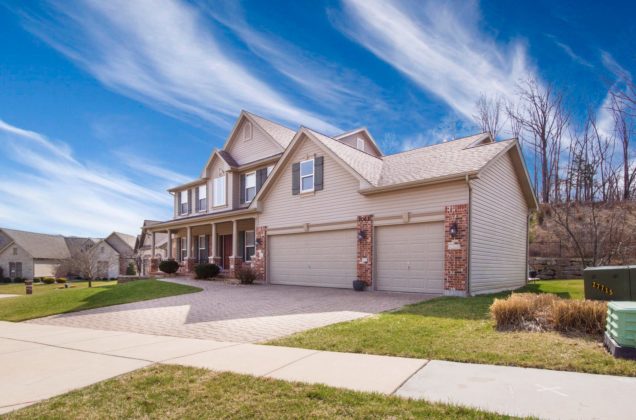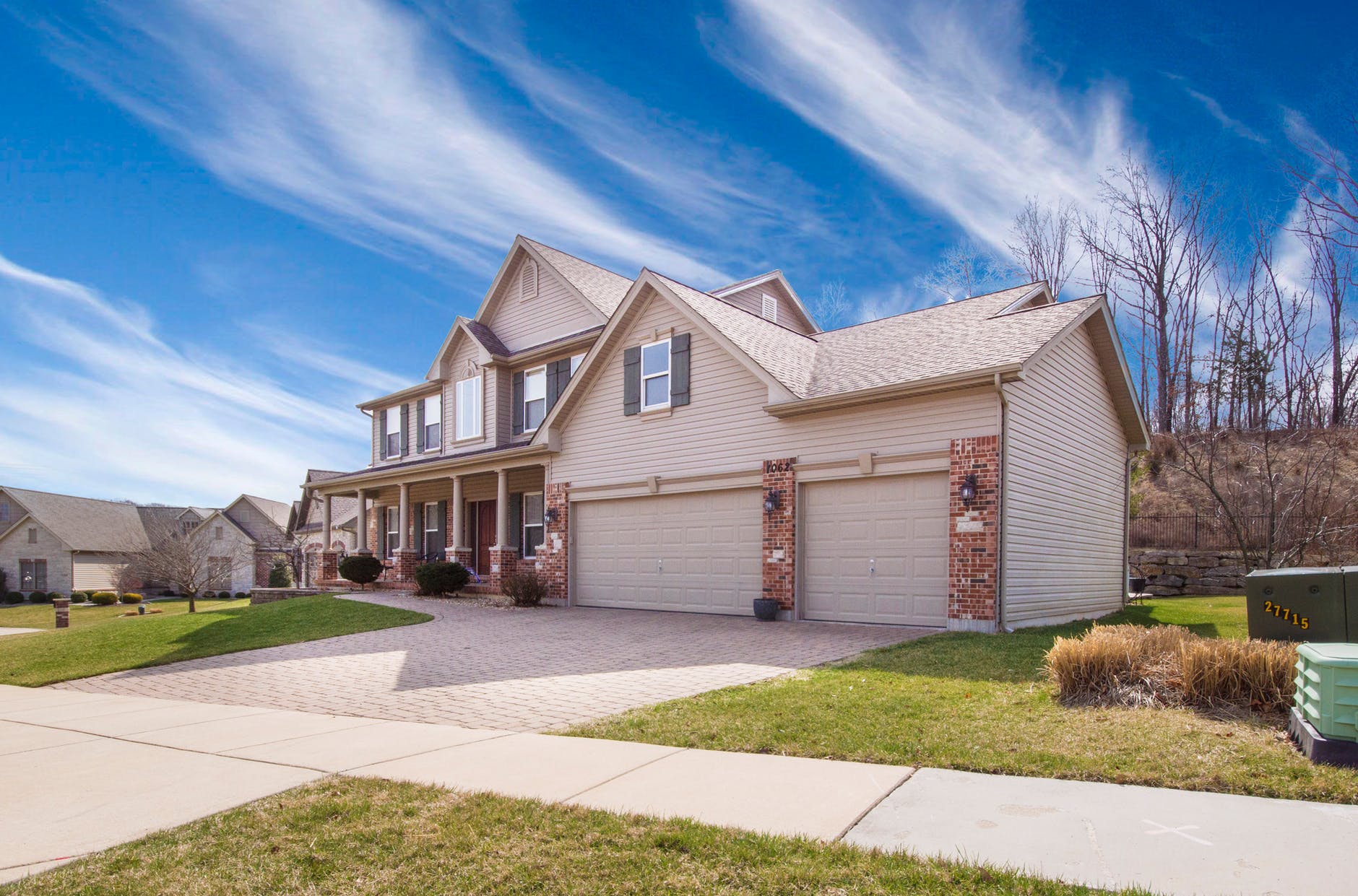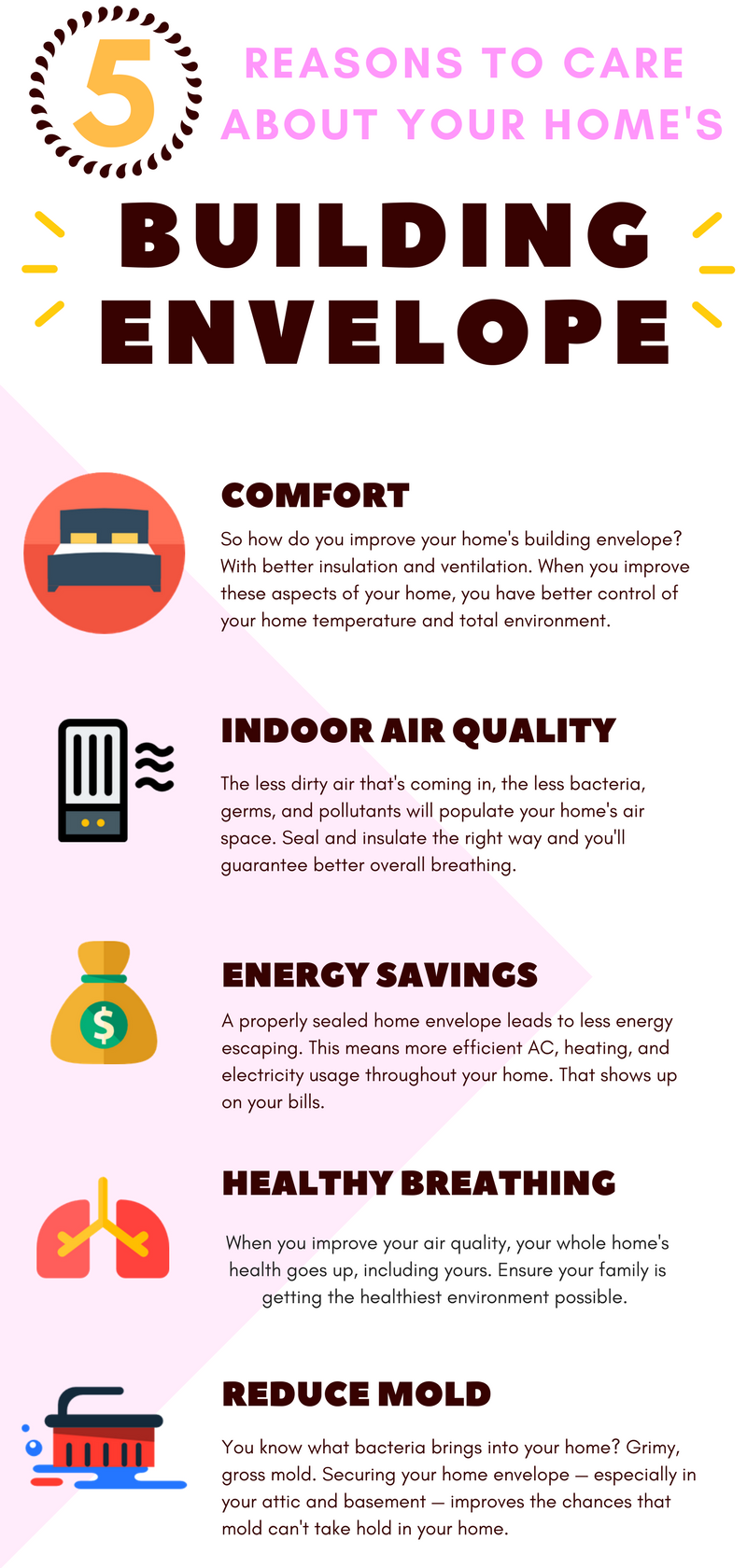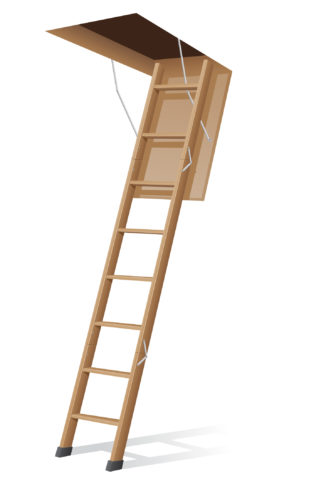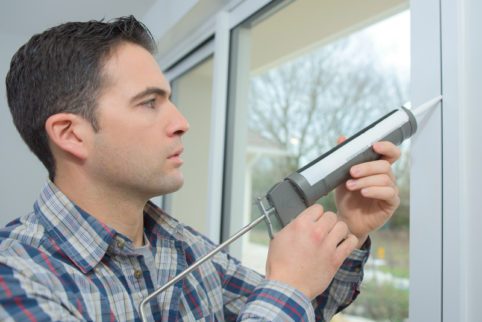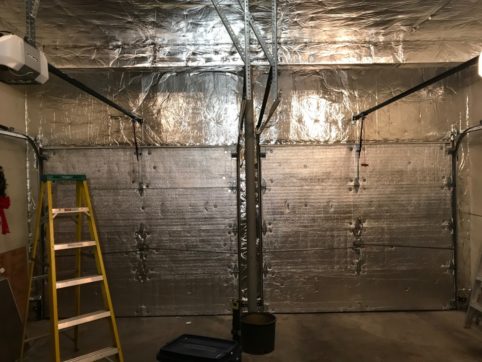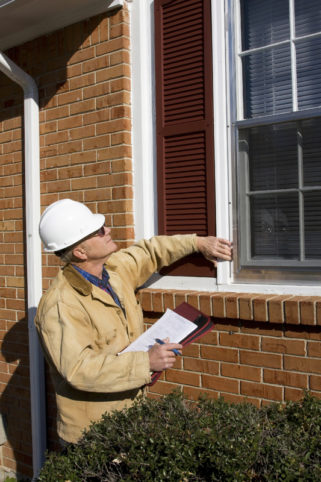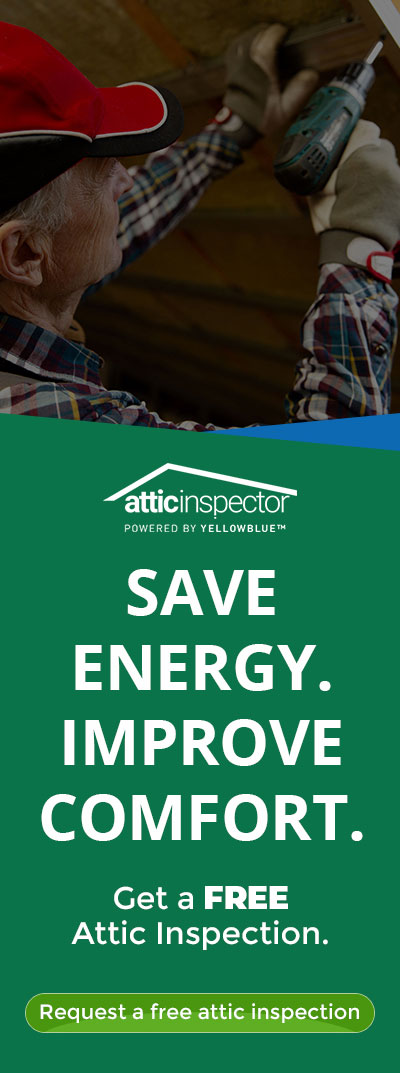Last updated: 7/28/2019
The building envelope is what separates the inside of a home from the outside.
It’s what you need to live safely, healthily, and comfortably.
This begs the question — how do you ensure that you have the best building envelope?
You start by asking the right questions, doing the right research, and following best practices.
High-Level Building Envelope Principles
We want homeowners and professionals alike to have the best resources possible so they can take the best actions possible for their home.
So, let’s keep it simple. Start by answering: “where is the home located?”
How Location Impacts Building Envelopes
Location makes all the difference. The climate the home is in defines what materials, architecture, and internal systems will be used for each specific home. The techniques that work in one part of the country may not work in another part (and can even vary within a single neighborhood).
Your local climate — or how your home specifically interacts with the environment — will also have a large impact on your home envelope’s health. Whether the home is uphill or downhill, if it’s surrounded by trees, if there is a local water source; all these factors play a part. Excessive sun exposure, extreme temperatures, and potential flooding can all be relevant factors depending on where you live. Consider these questions:
- Which parts of your home will receive the most sunlight?
- Is your neighborhood prone to having floods?
- Does your area experience long periods of high temperatures?
Answering these questions could mean the difference between good envelope health or an impending problem that could a) negatively affect your comfort and b) cost you money.
For professionals, you will also need to follow the appropriate building codes and government ordinances that vary by location. Read about the Federal Emergency Management Agency’s Building Code Fact Sheet or visit the Seal Insulate and Ventilate Building Codes page for an introduction to these codes.
Why You Should Care About The Building Envelope
With all of that being said, the highest level building envelope principles that guide building envelope best practices revolve around the building envelope’s core purpose.
While answering the above questions is important, homeowners still need to keep in mind the core purpose(s) of the building envelope theory — the building envelope is the building’s defense from the outdoor environment.
Keeping water out, limiting moisture, and keeping a healthy airflow for the people inhabiting the building are among the chief functions of the envelope. The term commonly used by professionals for the indoors (as it relates to the envelope) is Indoor Environmental Quality, or “IEQ”.
This term incorporates the comfort, enjoyment, and satisfaction that the building inhabitants maintain (or lack) as a result of having a good infrastructure. Contributing aspects of IEQ include sound, lighting, comfort, odor, and air.
So, as you continue reading, and as you take what you learn into practice, try to keep it simple so you can limit stress — remember that the building envelope’s main purpose is to keep its inhabitants safe, secure and comfortable.
Having a focus on proven techniques can ensure efficient use of time and effort, and result in a durable building envelope.
And if comfort, control, and energy efficiency (and ultimately the cost of that energy) are priorities, then perhaps the most useful starting point is a concentration on your home’s sealing, insulation, and ventilation.
Combined, these three aspects of a home’s envelope have the most direct impact on a building’s comfort, control, and energy efficiency.
Best Practices For the Main Parts of the Envelope
Building envelope best practices can vary slightly for different parts of the house. Accordingly, we will address building envelope best practices for each major part of the home — roofing, walls, and other openings.
Building Envelope Best Practices for the Attic
Your attic plays a key role in maintaining a good IEQ. While the attic (together with roofing) serves as the defense from weather-related factors and is by no means forgotten by any homeowner, it is quite often overlooked.
Homeowners rarely go in their attic. As an indirect consequence, their house’s IEQ suffers. Results include air leaks, uncomfortable indoor temperature, and low energy-efficiency.
One of the best ways to address these issues is to make sure that you have proper sealing and insulation. Insulation controls heat transfer from the attic to the rest of the home while sealing can the amount of air leakage in the home. One way healthy home experts check to see the condition of insulation is by checking the R-Value of your attic insulation (R-Value is how well temperature is retained and controlled). They often use infrared cameras like the Flir gun to do this.
A simple and effective way to solve both sealing and insulation issues is by using an attic access insulation cover. Having a cover on the attic access reduces heat transfer and air leakage. This means the homeowner gets a more stable envelope, fewer drafts and hot spots, and more energy efficiency with one tool.
(See some of the top insulation materials that builders are using in this Professional Building list of top 100 products.)
Another common issue is improper attic ventilation. When you’re not walking into your attic as often as you walk into your kitchen, it can be easy to miss the fact that your attic doesn’t have the best airflow.
Though, once you know where the problem lies, you can start using appropriate solutions for your attic, such as Multi-Layer Insulation or a Solar Fan.
Building Envelope Best Practices for Other Openings (Fenestrations)
The term “fenestration” simply refers to the openings in your envelope like doors, windows, skylights, and chimneys.
These openings cause many of the common problems that people are familiar with. Leaks from faulty windows/doors often accumulate over time and result in unneeded energy loss. Namely, drafts and cold spots are both results of the “air leaking” from fenestrations. These issues can persist year-round.
Though these problems are many, a do-it-yourself approach can often be used to improve your envelope. For instance, homeowners can use caulking and weatherstripping to reduce many smaller issues. Both can eliminate the numerous small gaps you may have around your windows and doors.
Other common ways to improve your building envelope’s openings include installing double-pane windows, using integral blinds on your windows, fixing loose door hinges, and implementing insulated frames.
Building Envelope Best Practices for Walls
Many of the solutions that are used to fix inefficient attics can also be applied to a building’s walls. For example, the same insulation issues that occur in the attic also occur in walls — most commonly in between wall studs.
One simple way to amend this problem is to apply house-wrap to your exterior siding. Using common tools like scissors, a staple gun, and a tack hammer, reflective house-wrap is a good way to insulate your home’s envelope and reduce indoor comfort issues on your own.
Similarly, homeowners can add multi-layer insulation to the inside of their walls. Many homeowners add this insulation on the walls of their attic and/or their garage.
You can also improve your home’s envelope by addressing a common issue with your outlets.
Removing the cover plate from your outlets will reveal the source of some of your home’s consistent air leaking. When you combine the many openings that are present around each of the outlets in your home, it can quickly add up. Thankfully, homeowners can quickly reduce this hidden issue by putting foam gasket seals around their outlets.
Inspecting Your Building Envelope
Implementing these techniques is a very wise decision for a homeowner.
Still, to get the most out of your building’s envelope, having regular inspections can ensure your home envelope maintains its health, and is functioning properly.
We recommend two thorough inspections per year.
Things to look for while conducting an inspection include old sealers that need replacing, crooked window panels and vents, drafts, pests, and moisture damage.
Homeowners can choose a do-it-yourself approach or they can hire a professional to inspect their home. Hiring a professional is often the best option for homeowners because it offers the best chance of accurately spotting all faults that are currently affecting your home. Additionally, inspections can be time-consuming for homeowners, and many professionals have methods that offer better insight (e.g. infrared scanning).
Visit Seal Insulate and Ventilate to learn more about building envelopes.
Consult The Experts
While many homeowners like to take matters into their own hands, we recommend a proper building envelope assessment by a certified professional.
Contact an independently authorized yellowblue™ dealer today to discuss how we can provide the resources you need to make educated decisions regarding your building envelope.

